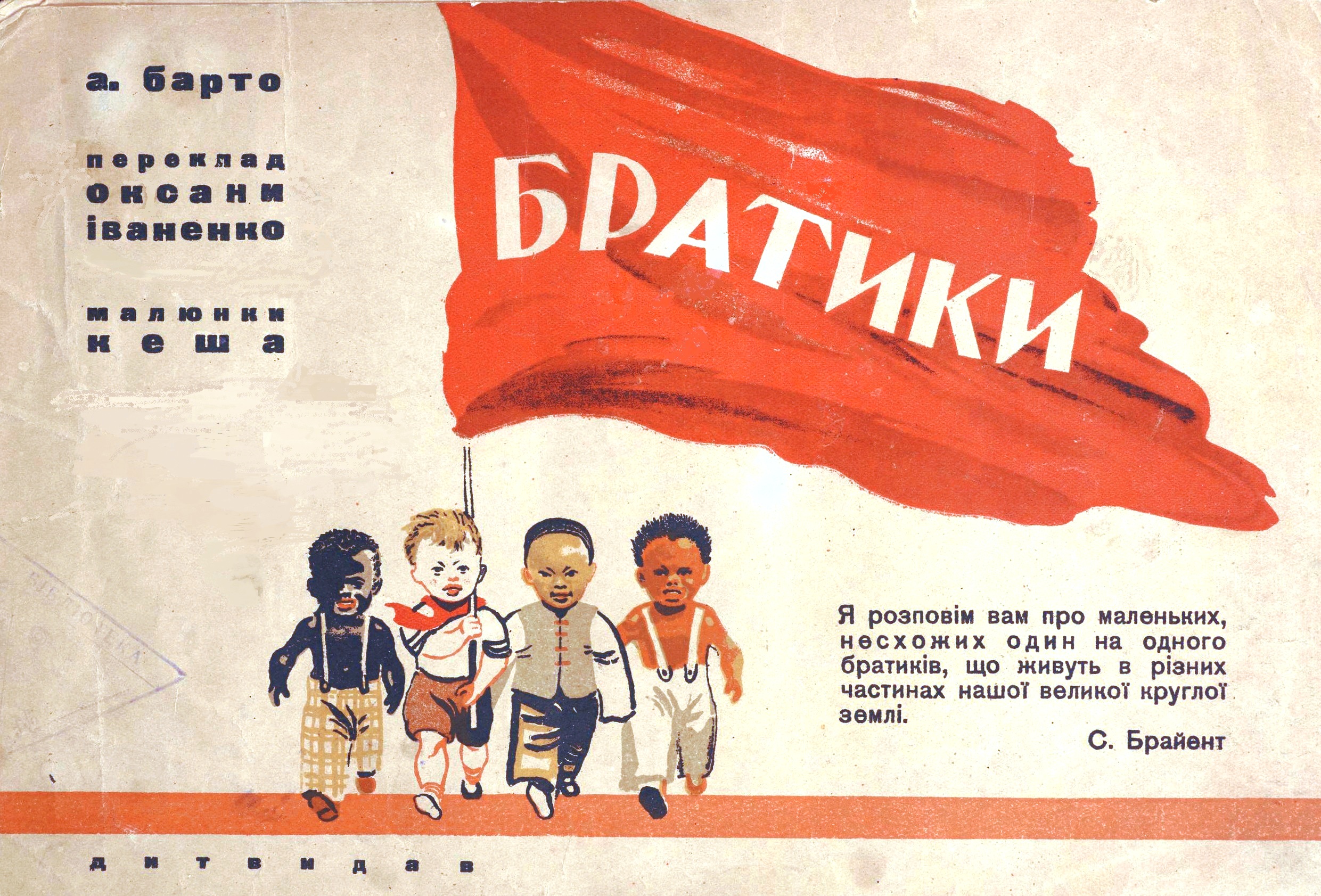 In 1936 and 1937 Valerii Chkalov and his two crewmates Georgii Baidukov and Aleksandr Beliakov set long-distance aviation records with flights to the Soviet Far East and Vancouver, Washington, the latter via the North Pole. These exploits not only spawned a vast number of cultural artifacts in various mediums and by a broad range of artists; they also made authors of all three Stakhanovites of the air, illustrating the ties that bound illustrious Soviet citizens with the artists who shaped their luster. As writer Baidukov was by far the most accomplished of the three aviators, publishing a multitude of books, including several before World War II, and also co-writing the screenplay of Mikhail Kalatozov’s 1940 film Chkalov. I will focus on Baidukov’s Vstrechi s tovarishchem Stalinym (1938, illustrated by Boris Dekhterev), which details the pilot’s personal encounters with the supreme leader of the USSR, incorporating into my analysis material both from other works of chkaloviana (especially Kalatozov’s film) and from archival research on the book from the Russian State Archive for Literature and Art (RGALI).
In 1936 and 1937 Valerii Chkalov and his two crewmates Georgii Baidukov and Aleksandr Beliakov set long-distance aviation records with flights to the Soviet Far East and Vancouver, Washington, the latter via the North Pole. These exploits not only spawned a vast number of cultural artifacts in various mediums and by a broad range of artists; they also made authors of all three Stakhanovites of the air, illustrating the ties that bound illustrious Soviet citizens with the artists who shaped their luster. As writer Baidukov was by far the most accomplished of the three aviators, publishing a multitude of books, including several before World War II, and also co-writing the screenplay of Mikhail Kalatozov’s 1940 film Chkalov. I will focus on Baidukov’s Vstrechi s tovarishchem Stalinym (1938, illustrated by Boris Dekhterev), which details the pilot’s personal encounters with the supreme leader of the USSR, incorporating into my analysis material both from other works of chkaloviana (especially Kalatozov’s film) and from archival research on the book from the Russian State Archive for Literature and Art (RGALI).
 Baidukov’s Vstrechi raises many vexing questions, most obviously that of Stalin’s personal role in the cultivation of Soviet subjects. Seeking to avoid clichéd answers to these questions, I begin by wondering why Baidukov’s most extended interaction with Stalin is heavily mediated by a scale model of the Chkalov crew’s airplane ANT-25 (known also as RD-2 and NO-25), fashioned after the first record-breaking flight and kept by Stalin on his desk. Scale models, especially of airplanes, were very common in Soviet material culture of the 1930s, performing a range of functions, from toy to experimental prototype. They frequently figure, as in Baidukov’s book, in political or administrative offices overseeing transportation and other technology-based industries. As both sacrificial object and didactic aide, in Baidukov’s book the model provides a material locus for the exchanges of power and knowledge that take place between leader and subject. The model resists the simplistic dichotomies that pervade analyses of Soviet children’s books: human vs machine, adult vs child, word vs image. The model re-configures the proportionality between object world and socialist subject, as well as between different orders of subjecthood. By reading Baidukov’s writings through the scale models that pervade them, then, I examine the ways in which the book itself functions as model when addressed to diverse audiences.
Baidukov’s Vstrechi raises many vexing questions, most obviously that of Stalin’s personal role in the cultivation of Soviet subjects. Seeking to avoid clichéd answers to these questions, I begin by wondering why Baidukov’s most extended interaction with Stalin is heavily mediated by a scale model of the Chkalov crew’s airplane ANT-25 (known also as RD-2 and NO-25), fashioned after the first record-breaking flight and kept by Stalin on his desk. Scale models, especially of airplanes, were very common in Soviet material culture of the 1930s, performing a range of functions, from toy to experimental prototype. They frequently figure, as in Baidukov’s book, in political or administrative offices overseeing transportation and other technology-based industries. As both sacrificial object and didactic aide, in Baidukov’s book the model provides a material locus for the exchanges of power and knowledge that take place between leader and subject. The model resists the simplistic dichotomies that pervade analyses of Soviet children’s books: human vs machine, adult vs child, word vs image. The model re-configures the proportionality between object world and socialist subject, as well as between different orders of subjecthood. By reading Baidukov’s writings through the scale models that pervade them, then, I examine the ways in which the book itself functions as model when addressed to diverse audiences.
